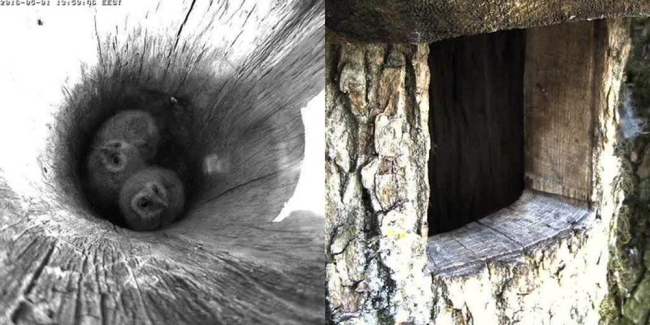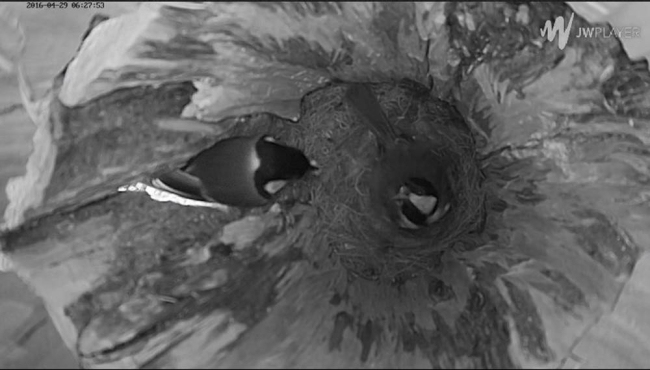Three owl chicks in nest hollow
Webcam image captured by Birdfriend, LK forum
Translation Liis
Tawny owl Kodukakk Strix aluco
On Monday the smallest of the chicks, hatched three days later than the others, surrendered in the fight for survival. There was really no hope to compensate for such an age difference so what must happen, did happen. The parents who have been diligently feeding their chicks can in no way be ”blamed” because in the life mode of these birds such things are genetically encoded.
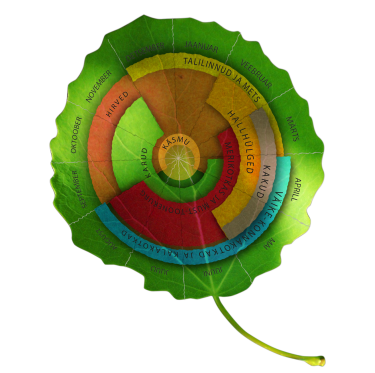 Latest news
Latest news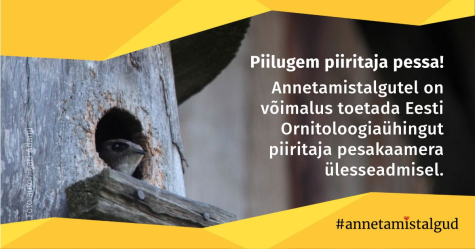
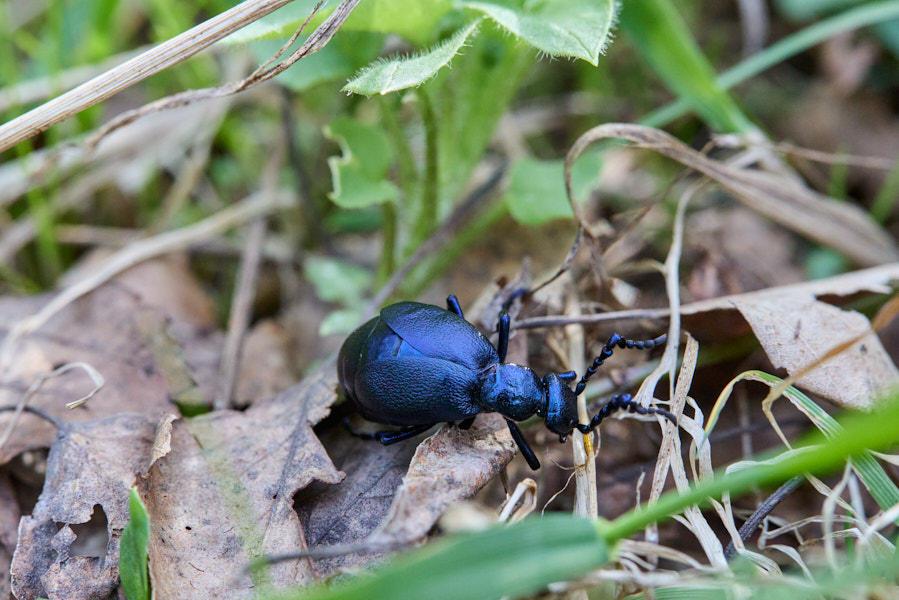 Loodusemees.ee - the day in pictures
Loodusemees.ee - the day in pictures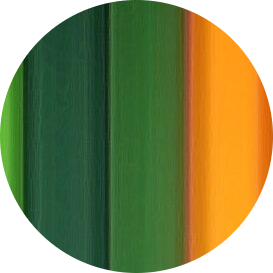 Videos
Videos
 My Forest
My Forest